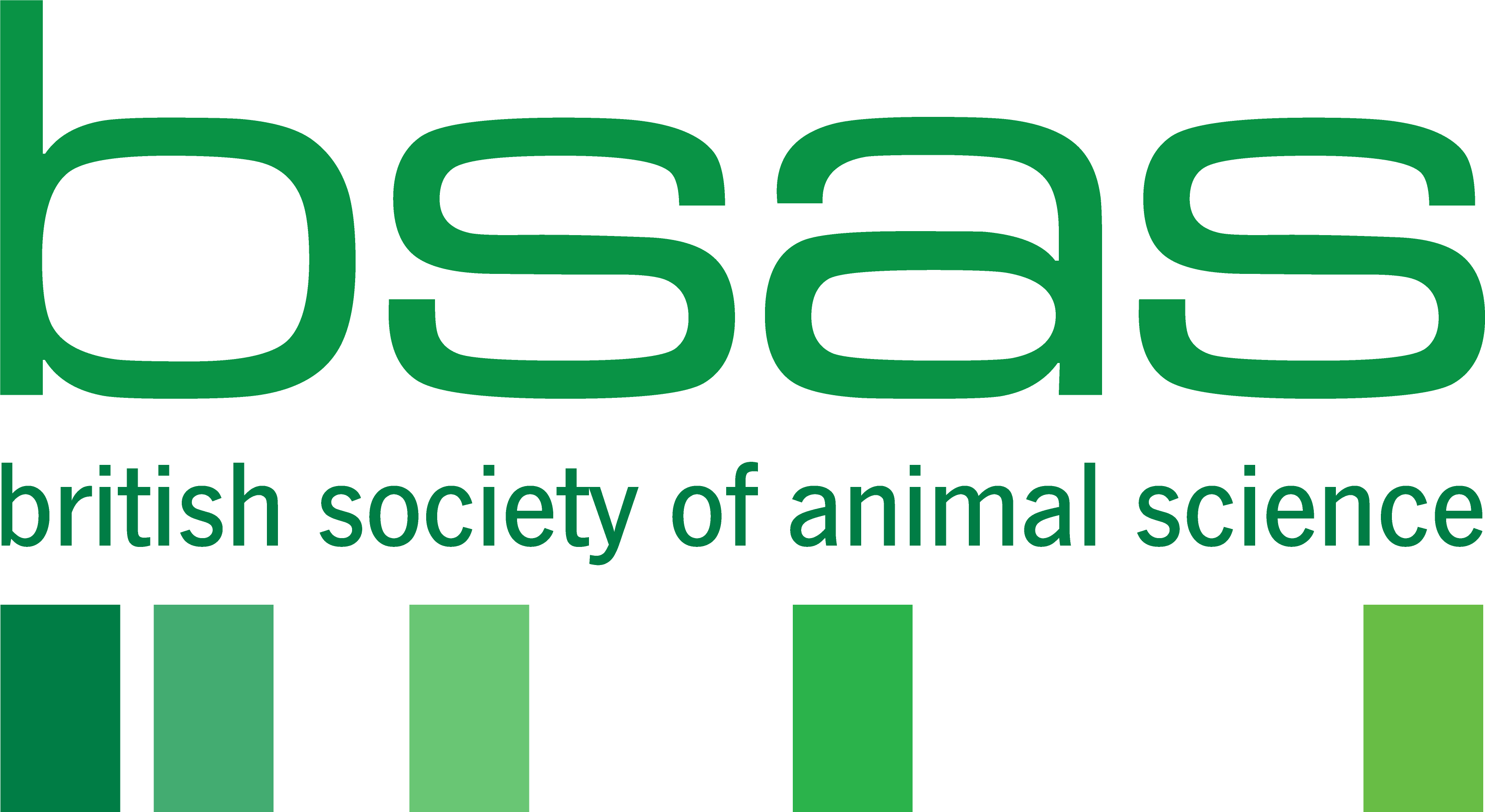BSAS Blog GB Calf Week
The British Society of Animal Science (BSAS) has been an important part of my whole professional life, from my first poster presentation in 1995 to having the immense privilege of being President last year. As the immediate Past President, I am chairing the organising committee for the 2024 conference which promises to be a great event. I hope to see you in Belfast 9-11 April 2024!
But on to the topic for today – GB Calf Week.
Dairy farmers have cows to produce milk, right? – yes but, to do so, each cow must produce a calf, ideally once a year, and those calves can also add value to the farm business. Clearly breeding quality replacements for the dairy herd is vital to its performance, but also those calves destined to be reared for beef can add useful income to the overall farm business.
I had the privilege of making a small contribution to the programme of GB calf week 2023 which ended on Wednesday last week (20th September). My AHDB colleague, Marco Winters, and I delivered a webinar on dairy-beef genetics and how that can help maximise the value of beef calves from the dairy herd. The programme for the week brought together farmers, vets, scientists and advisers, and is a great example of how animal scientists, working with others, can help address real challenges faced by the farming sector.
Science has delivered technology for sexing semen, which means the genetically superior cows in the herd are now routinely inseminated with female-sorted semen to maximise the genetic progress in the herd, with around three quarters of all dairy-breed inseminations now being with sexed semen. This means that far fewer dairy-breed male calves are produced, and the remainder of the dairy herd can be inseminated with beef semen to produce calves of higher value to the beef sector. Our webinar focused on the information and tools available to help in the selection of the best genetics to use to produce high-value calves for beef production.
For example, AHDB’s National Beef Evaluations (National beef evaluations | AHDB) provide estimated breeding values (EBVs) for five commercial carcase traits (plus three maternal EBVs) in beef cattle, using national data from processors, breed societies and the British Cattle Movement Service (BCMS). These carcase traits can be used to help select beef sires for use in the dairy herd to produce calves with greater potential for growth and carcase quality. Trends in the breeding values of beef sires used in the dairy herd show a much higher genetic merit for growth over the last 10 years, so that the days-to-slaughter EBV of calves born from dairy cows in 2021 was equal to that of calves born to suckler cows.
Of course, for calves to perform well, genetics is only part of the story. Every aspect of their management needs to be addressed, and other elements of the calf week programme described research on the health of dairy-bred calves, including managing bovine tuberculosis, rearing and nutrition.
Animal science has a part to play in improving every aspect of the production of beef from dairy-bred calves - their genetics, rearing, nutrition, and health, and our 2024 conference will address topics across these areas, while addressing our overall theme “The role of livestock in our ecosystems and economy.” Indeed, we plan a specific session on youngstock – so do submit your abstracts, and come along to join the conversation in Belfast in April 2024.
